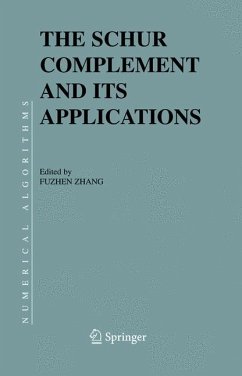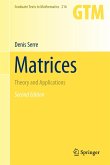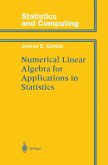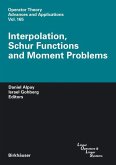What's in a name? To paraphrase Shakespeare's Juliet, that which - ilie Haynsworth called the Schur complement, by any other name would be just as beautiful. Nevertheless, her 1968 naming decision in honor of Issai Schur (1875-1941) has gained lasting acceptance by the mathematical com munity. The Schur complement plays an important role in matrix analysis, statistics, numerical analysis, and many other areas of mathematics and its applications. Our goal is to expose the Schur complement as a rich and basic tool in mathematical research and applications and to discuss many significant re sults that illustrate its power and fertility. Although our book was originally conceived as a research reference, it will also be useful for graduate and up per division undergraduate courses in mathematics, applied mathematics, and statistics. The contributing authors have developed an exposition that makes the material accessible to readers with a sound foundation in linear algebra. The eight chapters of the book (Chapters 0-7) cover themes and varia tions on the Schur complement, including its historical development, basic properties, eigenvalue and singular value inequalities, matrix inequalities in both finite and infinite dimensional settings, closure properties, and appli cations in statistics, probability, and numerical analysis. The chapters need not be read in the order presented, and the reader should feel at leisure to browse freely through topics of interest.
From the reviews of the first edition: "The book consists of eight chapters, each written by experts in their field, devoted to certain aspects and applications of the Schur complement. They can be read independently of each other. ... The book can serve as a research reference, as it contains many new results and results not yet appeared in books. The articles contain thorough expositions, so they can be understood by anyone having a good knowledge of linear algebra." (Ludwig Elsner, Zentralblatt MATH, Vol. 1075, 2006)








